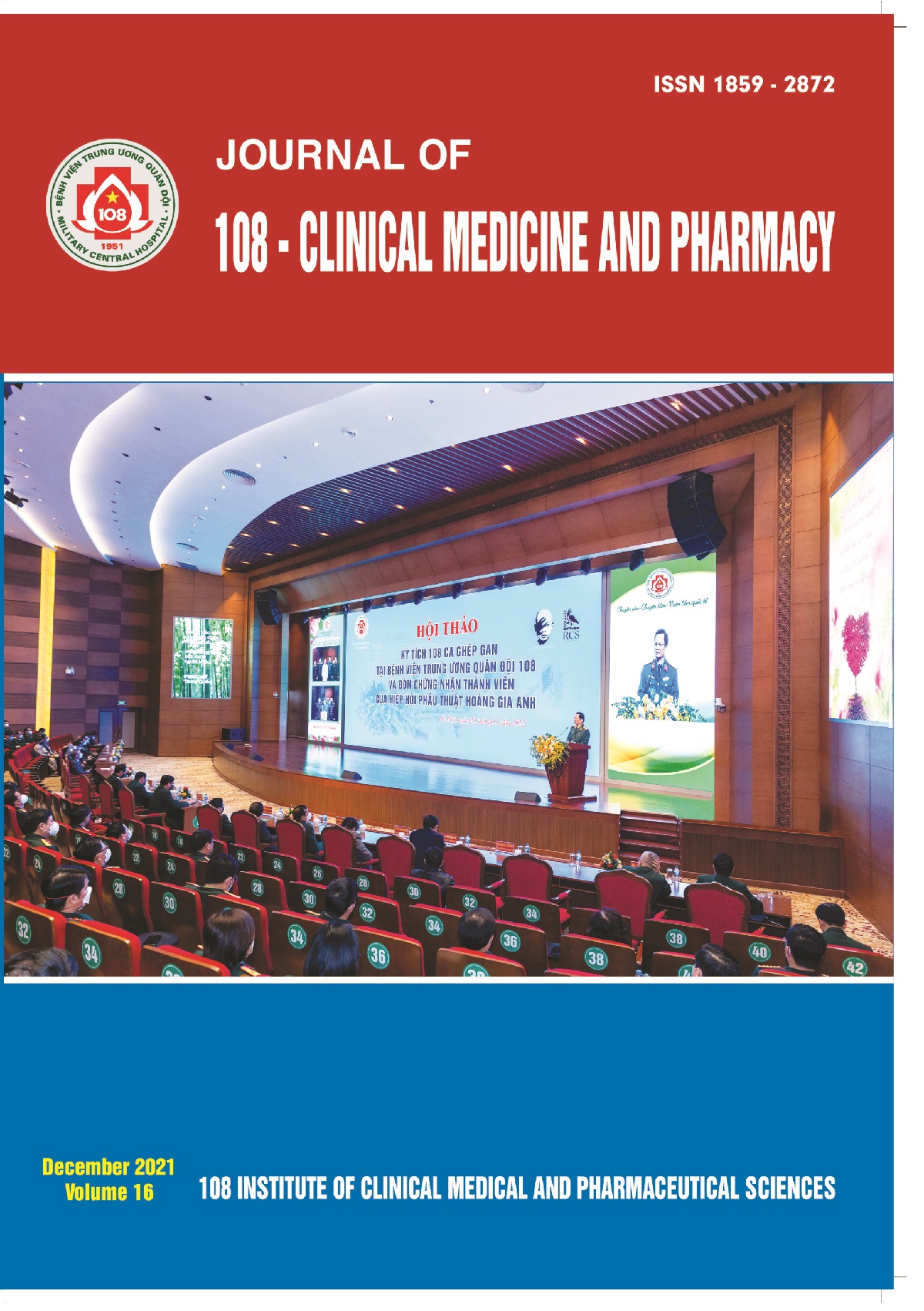Effective evaluation of two mechanical devices for cervical ripening: Modified double balloon foley catheter versus single balloon foley catheter
Main Article Content
Keywords
Tóm tắt
Objective: To compare the effective of the modified double balloon Foley catheter (MDB) versus the single balloon foley catheter (SB) on labor induction. Subject and method: This prospective blind trial randomized 80 pregnant women were randomized to MDB group and 80 pregnant women to SB group. Primary outcomes were the rate of cervical ripening success, Bishop score increment, catheter withdrawal time, and cesarean section rate. Result: Cervical ripening success of MDB was 82.5% versus 67.5% of SB with p<0.01. Average Bishop score increment of MDB was 5.63 hour versus 5.02 hour of SB with p=0.033. Cesarean section rate was higher in SB group than MDB group (32.5% and 20.0%, respectively, p=0.048). Conclusion: Using the modified double balloon foley catheter to induce labor is a feasible and effective procedure.
Article Details
Các tài liệu tham khảo
2. Caughey AB, Sundaram V, Kaimal AJ et al (2009) Maternal and neonatal outcomes of elective induction of labor. Evid Rep Technol Assess. (Full Rep) 176: 1-257.
3. Dekker RL (2016) Labor induction for late-term or post-term pregnancy. Women and Birth 29(4): 394-398.
4. Dunn L, Kumar S, Beckmann M (2017) Maternal age is a risk factor for caesarean section following induction of labor. Australian and New Zealand Journal of Obstetrics and Gynaecology 57(4): 426-431.
5. Solt I, Frank Wolf M, Ben-Haroush S et al (2019) Foley catheter versus cervical double balloon for labor induction: A prospective randomized study. The Journal of Maternal-Fetal & Neonatal Medicine 3(2): 1-8.
6. Ngô Minh Hưng, Hoàng Thị Diễm Tuyết và Huỳnh Nguyễn Khánh Trang (2019) Hiệu quả khởi phát chuyển dạ với thông foley đôi cải tiến trên thai quá ngày dự sinh có chỉ định chấm dứt thai kỳ tại Bệnh viện Nhân dân Gia Định. Y học TP. Hồ Chí Minh, 2019. 23 (2/201), tr. 121-126.
7. Nguyễn Thị Nhẹ (2014) Hiệu quả của khởi phát chuyển dạ bằng ống thông foley đặt kênh cổ tử cung ở thai ≥ 41 tuần tại Bệnh viện Đa khoa Cai Lậy. Luận án chuyên khoa cấp 2 Sản phụ khoa, Đại học Y dược TP Hồ Chí Minh, tr. 52-65.
8. Organization World Health (2011) WHO recommendations for induction of labor. Geneva: World Health Organization.
9. Ramirez MM (2011) Labor induction: a review of current methods. Obstetrics and Gynecology Clinics 38(2): 215-225.
10. Salim R, Schwartz N, Zafran N et al (2018) Comparison of single and double-balloon catheters for labor induction: A systematic review and meta-analysis of randomized controlled trials. J Perinatol 38(3): 217-225.
11. Tolcher MC, Holbert MR, Weaver AL et al (2015) Predicting cesarean delivery after induction of labor among nulliparous women at term. Obstet Gynecol 126: 1059-1068.
12. Yang F, Huang S, Long Y, Huang L (2018) Double‐balloon versus single‐balloon catheter for cervical ripening and labor induction: A systematic review and meta‐analysis. Journal of Obstetrics and Gynaecology Research 44(1): 27-34.
 ISSN: 1859 - 2872
ISSN: 1859 - 2872
